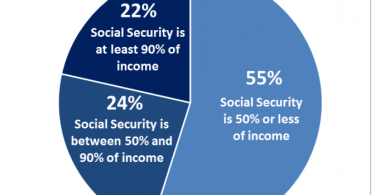Of all the federal government programs in the U.S., Social Security is perhaps the most...
Social Security
New cuts proposed for Social Security Administration
Back in June, I reported for Just Care that Congress was keeping the Social Security Administration...
Strengthening Social Security Act of 2016
On September 9, U.S. Representatives Linda Sanchez and Mike Honda of California introduced...
Social Security’s 81-year impact
Daniel Marans writes for the Huffington Post about Social Security’s 81-year impact. From its...
Clinton, Democrats on Medicare, Social Security
In sharp contrast to the 2016 Republican Party platform, the Democratic Party platform proposes to...
Trump, Republican platform on Social Security, Medicare and...
Trump has not spent much time talking about his vision for Social Security, Medicare and health...
Social Security benefits us all
Social Security is our nation’s premiere social insurance program promoting security for roughly...
Congress keeps Social Security from spending its own money to...
It’s bad enough that Congressional leaders want to cut Social Security benefits. But did you...
Expand Social Security, don’t means test it
Ever since a few weeks ago, when President Obama joined with Bernie Sanders, Hillary Clinton...
Trump now supports Social Security and Medicare cuts
If you watched a Republican debate or attended a Donald Trump rally, you would not think that Trump...










